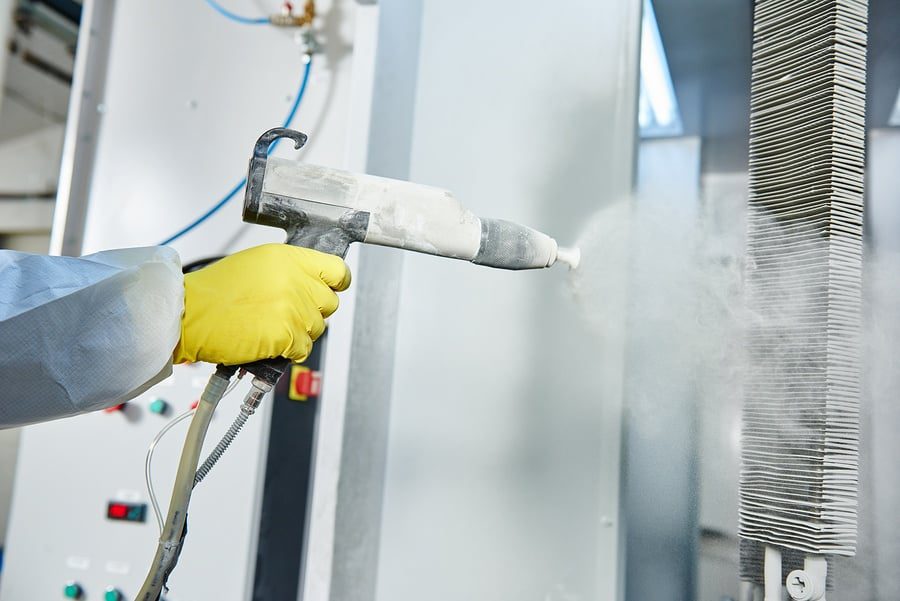What Can Bankruptcy Do For Me?
What Can Bankruptcy Do For Me?
Different chapters are suitable for different needs, but bankruptcy, in essence, allows relief for debtors via the automatic stay on creditors’ actions following filing. The automatic stay ensures that any form of harassment that debtors can experience, including letters, phone calls as well as other requests for payments, must stop. Ultimately, if all the requirements of the court are fulfilled in the honest and open manner indicative of full disclosure, various types of discharge can be utilized which allows the debtor to take up their lives or businesses once again.
People weighted down by consumer debt, including credit card debt, can expect to have this debt wiped out as most credit card debt is unsecured. Debtors filing under chapter 7 are required to make their non-exempt assets obtainable for liquidation to secured creditors. The debtor must provide for payment or transfer over the collateral. Unsecured creditors will not receive full payment or, indeed, any payment. The bankruptcy court appoints a trustee who puts together a meeting with creditors and handles the disposal of assets to creditors based on their status. By the end of the process the debtor usually receives a discharge; consequently the debtor is freed from the cumbersome debt and in a position to start life afresh without anymore harassment by creditors.
Although chapter 7 is a legal option predicated on wiping out debt, there is also a provision for reaffirmation of a specific debt assuming the debtor can show ample income. In this case the debtor makes arrangements with a creditor to keep hold of certain property. Chapter 7 does not mean the loss of all assets, so household assets and exempt property can usually be retained.
Other approaches to bankruptcy concentrate on reorganization instead of liquidation. These procedures call for the development of a repayment plan so the debtor can hang onto property or a business after reorganization, and under some cases consolidation, of debt. Chapter 13 is a reorganization approach that is ideal for individuals who have a steady income sufficient enough to retain their property and manage their mortgages given assistance and guidance.
Again the debtor receives relief on filing on account of the hold on creditor activity, and co-debtors are also secured from creditors. A repayment plan is created during debt counseling, although unsecured creditors may receive little or no repayments depending on the debtor’s situation. After three to five years, the debtor will probably get a discharge of debts.
Chapter 12 offers family farmers and fishermen a similar approach to debt management but one which includes increased debt burdens such as those associated with operating these businesses.
Filing chapter 11 is a bankruptcy option that provides businesses with the possibility to remain in control and operate the business, eventually, eliminating the debt burden. This option is the best option for larger businesses as it is a complex, lengthy and potentially expensive business. But it is the option that provides the mechanisms businesses need. It has flexibility in that repayment plans can be modified as the business environment changes. Whether an individual or a business, discharge generally means that the debtor is free from debts in existence prior to filing the petition.






